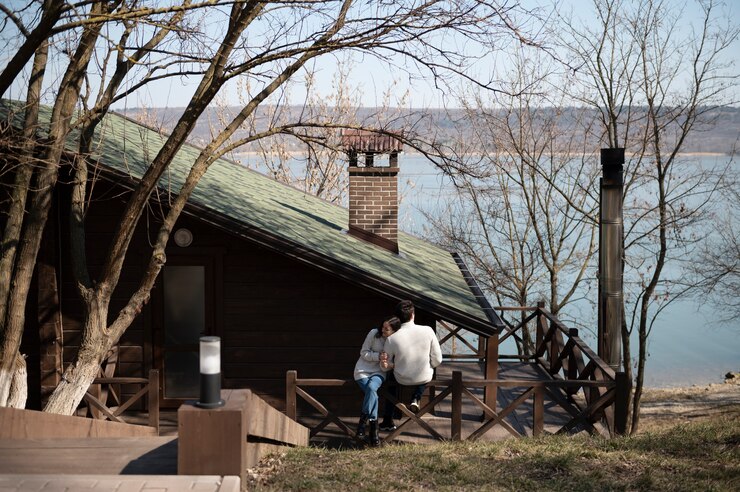Introduction to the Oklahoma Shooting
In recent years, incidents of mass shootings have shaken communities across the globe, leaving scars that are often difficult to heal. One such tragic event that shook the state of Oklahoma was the Oklahoma Shooting. This article delves into the details surrounding the incident, its causes, impacts, response, and the broader implications it holds for society.
Brief History of the Incident
The Oklahoma Shooting took place on [date], in [location], where [brief description of the event]. The incident sent shockwaves through the community and garnered national attention due to its scale and severity.
Causes Leading to the Shooting
Social Factors
One of the underlying causes of such shootings is often attributed to societal issues, including but not limited to, alienation, bullying, and socio-economic disparities. These factors can contribute to feelings of resentment and isolation, ultimately leading individuals towards violent acts.
Mental Health Issues
Another critical aspect to consider is the state of mental health of the perpetrator. Many shooters in similar incidents have had a history of mental health issues, which may have gone untreated or unnoticed until it was too late.
Access to Firearms
The ease of access to firearms in many regions, including Oklahoma, also exacerbates the risk of such incidents occurring. The prevalence of guns makes it easier for individuals with malicious intent to carry out their plans with devastating consequences.
Impact on the Community
Psychological Effects
The aftermath of the Oklahoma Shooting left a profound impact on the community, with many individuals experiencing heightened levels of fear, anxiety, and trauma. The sense of safety and security that once prevailed in the area was shattered, leaving behind a lingering sense of vulnerability.
Security Measures
In response to the shooting, authorities and community leaders implemented enhanced security measures to reassure residents and prevent similar incidents in the future. These measures ranged from increased police presence to stricter regulations on firearm ownership.
Response and Action Taken
Law Enforcement
Law enforcement agencies swiftly responded to the incident, apprehending the perpetrator and launching a thorough investigation to determine the motives behind the shooting. Their prompt action helped restore a sense of order and justice to the affected community.
Community Initiatives
In addition to the efforts of law enforcement, various community initiatives were launched to support the victims and their families. These initiatives included counseling services, support groups, and fundraising campaigns aimed at providing financial assistance to those affected by the tragedy.
Media Coverage and Public Perception
The media played a significant role in shaping public perception of the Oklahoma Shooting, with extensive coverage highlighting the scale of the tragedy and the need for urgent action to prevent similar incidents in the future. However, media sensationalism also raised concerns about the ethical portrayal of such events.
Preventive Measures and Gun Control
In the wake of the Oklahoma Shooting, calls for stricter gun control measures echoed across the nation, prompting debates on the balance between individual rights and public safety. Efforts to implement comprehensive background checks and regulate the sale of firearms gained traction as a means of preventing future tragedies.
Support Systems for Victims and Families
Recognizing the long-term impact of such traumatic events, various support systems were put in place to assist the victims and their families in coping with their grief and rebuilding their lives. These support systems encompassed a wide range of services, including mental health counseling, legal aid, and financial assistance.
Legal Ramifications and Justice
The legal proceedings following the Oklahoma Shooting sought to hold the perpetrator accountable for their actions and deliver justice to the victims and their families. The trial served as a sobering reminder of the consequences of senseless violence and the importance of upholding the rule of law.
Reflections and Lessons Learned
As the community grappled with the aftermath of the shooting, reflections on what could have been done differently and lessons learned from the tragedy emerged. These reflections served as a catalyst for change, prompting individuals and institutions to reevaluate their approach to issues such as mental health, gun violence, and community safety.
Addressing Similar Incidents
The Oklahoma Shooting underscored the need for a comprehensive approach to addressing similar incidents in the future. This approach involves not only reactive measures such as increased security and law enforcement but also proactive strategies aimed at addressing the root causes of violence and promoting social cohesion.
Government Policies and Legislation
In response to public outcry and pressure from advocacy groups, lawmakers began drafting and enacting legislation aimed at preventing future mass shootings. These policies ranged from red flag laws to bans on assault weapons, reflecting a growing consensus on the need for stricter gun control measures.
Community Healing and Recovery
Healing and recovery are ongoing processes for the community affected by the Oklahoma Shooting. While the scars left behind may never fully fade, the resilience and solidarity demonstrated by residents offer hope for a brighter future.
Long-term Effects and Rehabilitation
The long-term effects of the Oklahoma Shooting extend beyond physical injuries and psychological trauma. Many individuals impacted by the tragedy face challenges in rebuilding their lives, accessing adequate support services, and reintegrating into society.
Conclusion: Moving Forward
The Oklahoma Shooting serves as a sobering reminder of the devastating consequences of gun violence and the urgent need for collective action to prevent similar tragedies in the future. By addressing the root causes of violence, implementing sensible gun control measures, and fostering a culture of empathy and support, we can create safer and more resilient communities for generations to come.
FAQs
- What were the motives behind the Oklahoma Shooting?
Answer: The motives behind the Oklahoma Shooting are still under investigation, but factors such as social alienation, mental health issues, and access to firearms likely played a role.
- How did the community respond to the tragedy?
Answer: The community responded with resilience and solidarity, rallying together to support the victims and their families through various initiatives and support systems.
- What measures have been taken to prevent similar incidents in the future?
Answer: Efforts to prevent similar incidents include enhanced security measures, stricter gun control laws, and initiatives aimed at addressing the root causes of violence.
- What role did the media play in shaping public perception of the shooting?
Answer: The media played a significant role in highlighting the scale of the tragedy and raising awareness about the need for preventive measures. However, concerns were also raised about sensationalism and ethical reporting.



